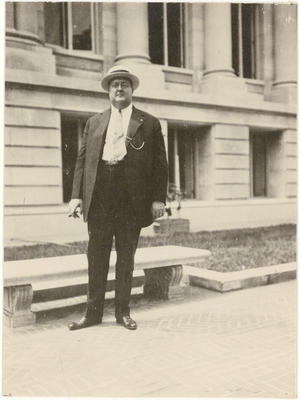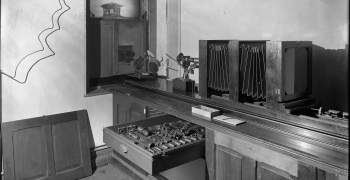



 In 1896, George Gustav Heye (1874–1957), a mining engineer, began collecting Native American artifacts while working in Arizona. Soon an avid collector, Heye founded the Museum of the American Indian in New York City in 1916, and it opened to the public in 1922 at Audubon Terrace. He also established a research branch in the Bronx, where collections were available for research and study. After Heye’s death, the Museum of the American Indian fell on hard times financially, and several proposals were pursued for maintaining the collection, including transfer to the American Museum of Natural History in New York, and a purchase by businessman H. Ross Perrot. However, these never came to fruition.
In 1896, George Gustav Heye (1874–1957), a mining engineer, began collecting Native American artifacts while working in Arizona. Soon an avid collector, Heye founded the Museum of the American Indian in New York City in 1916, and it opened to the public in 1922 at Audubon Terrace. He also established a research branch in the Bronx, where collections were available for research and study. After Heye’s death, the Museum of the American Indian fell on hard times financially, and several proposals were pursued for maintaining the collection, including transfer to the American Museum of Natural History in New York, and a purchase by businessman H. Ross Perrot. However, these never came to fruition.




Further Exploration
- Chronology of the National Museum of the American Indian
- Bibliography of the National Museum of the American Indian
- Historic Images of the National Museum of the American Indian
Related Collections
- National Museum of the American Indian Records from the Smithsonian Institution Archives
- Historic Image Highlights of the National Museum of the American Indian
- Additional Collections and Records of the National Museum of the American Indian from across the Smithsonian
Other Resources
Nid: 6346


